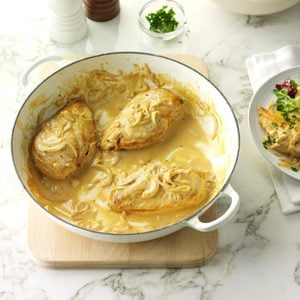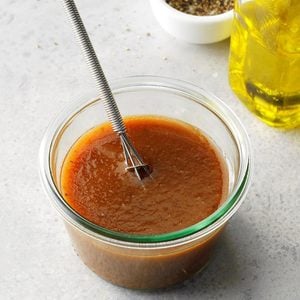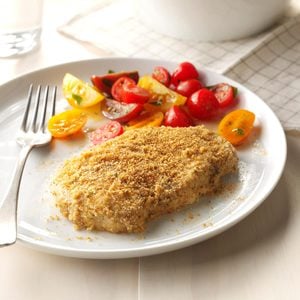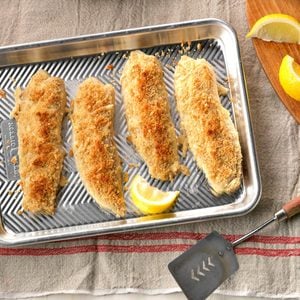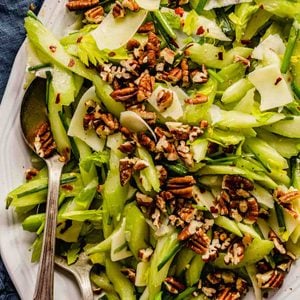How to Make Dijon Mustard
Updated: Feb. 23, 2024
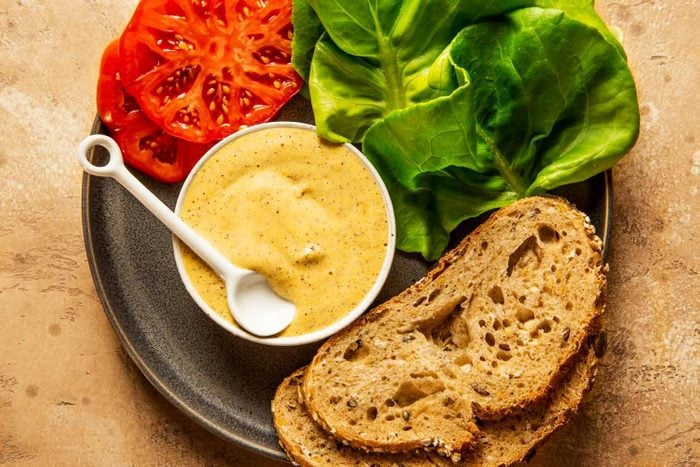
Learn how to make a Dijon mustard recipe at home—it's easy! This tangy and slightly spicy condiment is a game-changer for sandwiches, prepared salads, dressings and more.
Dijon mustard is liquid gold in the culinary world. Originally from France, it’s now a staple in a variety of dishes and sauces in the U.S. A dollop of Dijon enhances any good cheese sauce, emulsifies and flavors vinaigrettes, and is delicious slathered on a crusty French loaf with a slab of aged cheddar or slices of juicy tomato. And the best part is, it’s so easy to make a Dijon mustard recipe at home.
What Is Dijon Mustard?
Dijon mustard, named for its hometown of Dijon in the Burgundy region of France, is a classic French condiment most often made from brown mustard seeds. It’s tangy with a slightly spicy or “hot” flavor. The pungent mustard is beloved for its balance in flavor between tang, heat, and the sweetness that comes from a touch of sugar and a base of white wine.
The unique pungency of Dijon is due to the use of brown, or black, mustard seeds, which are more bitter than yellow mustard seeds. Dijon also uses a combination of white wine and vinegar, which is unique to Dijon in the vast world of mustard.
Traditional yellow Dijon mustard that you see at the deli or buy at the store is actually whole grain Dijon mustard that’s been strained to remove the mustard seed skins, isolating just the gorgeous gold spread. Below are options for both types of Dijon mustard recipes.
How to Make Dijon Mustard
This recipe makes 1/2 cup of Dijon.
Ingredients
- 1/2 cup + 3 tablespoons distilled white vinegar, divided
- 1/2 cup mustard seeds (black, brown or yellow)
- 2 tablespoons dry white wine
- 2 teaspoon kosher salt
- 1 tablespoon sugar, plus more to taste
Directions
Step 1: Soak the mustard seeds
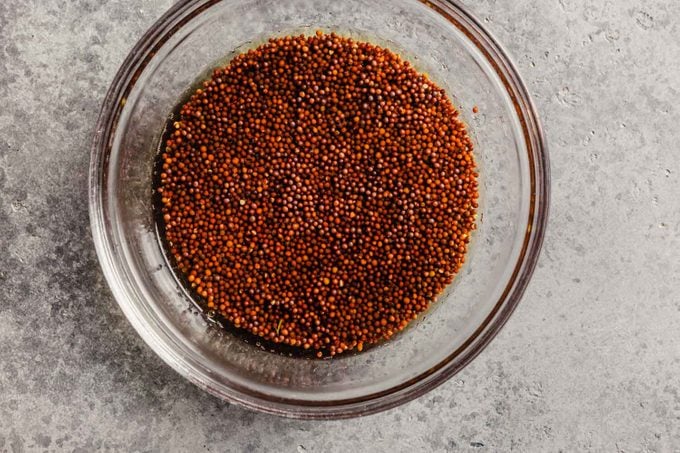
Combine 1/2 cup vinegar, 1/4 cup water and the mustard seeds in a medium glass bowl. Cover with plastic wrap and let sit at room temperature for at least 4 hours or up to 48 hours. The longer you soak the seeds, the easier they are to blend.
Step 2: Strain the seeds
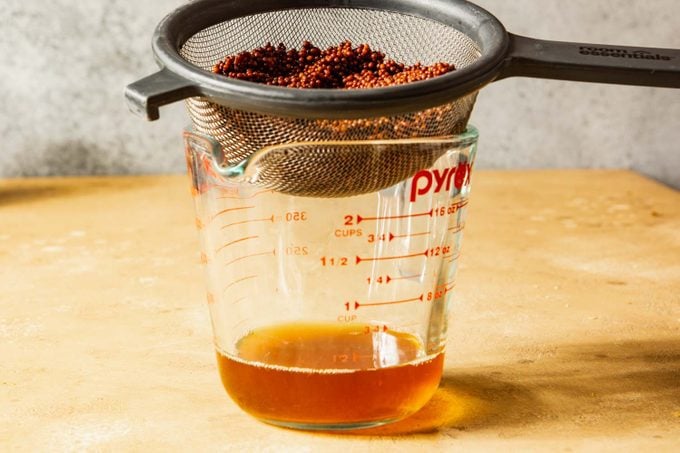
Strain the mustard seeds through a fine mesh strainer. The skins of mustard seeds are bitter, so you’ll want to discard the soaking liquid.
Step 3: Blend the ingredients
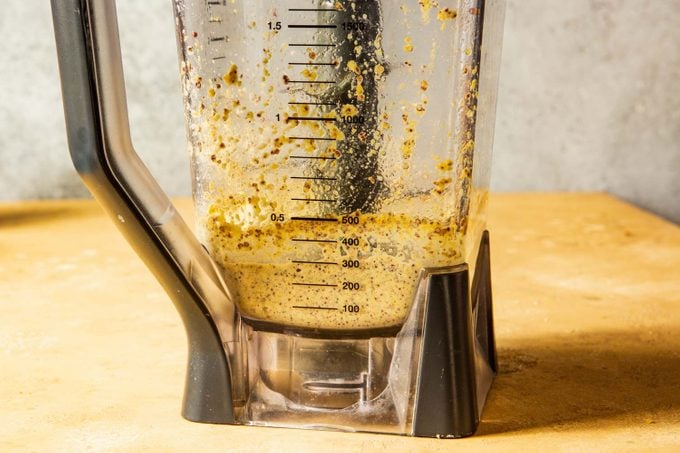
Add the mustard seeds to a blender with the remaining 3 tablespoons vinegar and 2 tablespoons wine. Blend until smooth, then scrape down the sides, add salt and continue blending until very smooth. Season with additional salt and sugar to taste.
Step 4: Strain out the skins
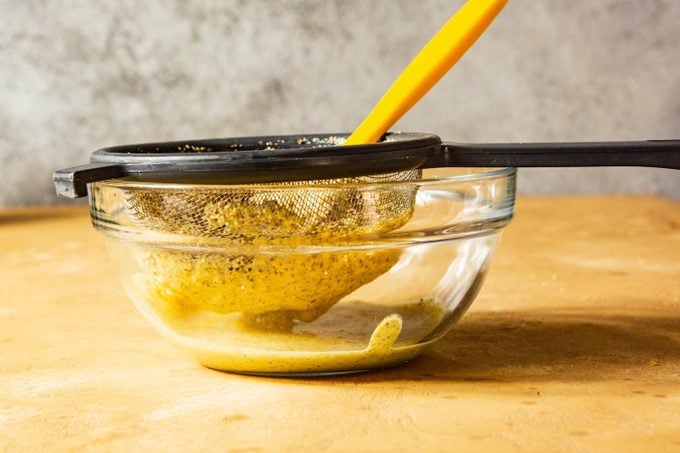
You now have whole grain Dijon mustard! To make smooth yellow Dijon mustard, you’ll need to strain out the mustard seed skins. To do this, pass the mustard through a fine mesh sieve set over a bowl. Press firmly on the solids with a spoon or spatula to extract as much of the yellow mustard as possible. Discard the solids.
Step 5: Chill and enjoy!
Let your Dijon mustard cool slightly, then transfer it to an airtight container and refrigerate. Allow the mustard to chill for a few days before serving—the flavor will deepen as it ages.
Mustard can keep in an airtight container for up to 6 months. Here’s more on how long condiments last.
Recipes That Use Dijon Mustard
Tips for Making Dijon Mustard
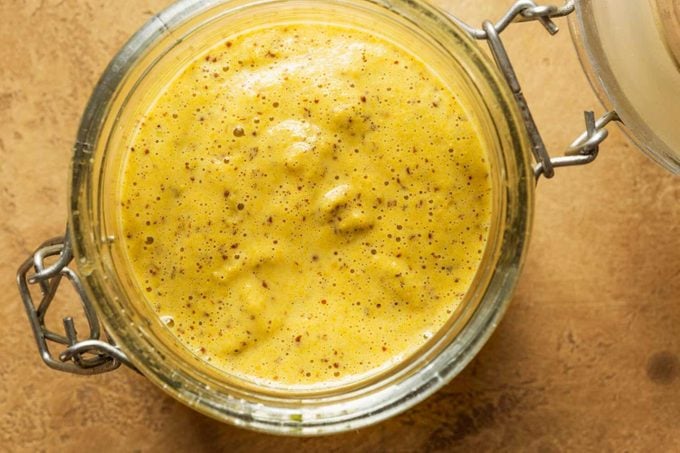
How do you store a homemade Dijon mustard recipe?
Store homemade Dijon mustard in an airtight container in the refrigerator for up to 6 months. We don’t recommend freezing it.
How do you adjust the spice level of Dijon mustard?
Once the mustard has had a chance to sit for at least a few days, give it a taste and adjust for salt level, acidity and spice by adding more salt, vinegar or sugar.
If you’re looking to enhance your Dijon mustard with more flavor, add 1 teaspoon onion powder, 3/4 teaspoon garlic powder and 1/4 teaspoon ground turmeric or dry mustard powder (for a bit of color) to the mixture during the blending step.
For a French-inspired Dijon, use white wine vinegar in place of the distilled white vinegar in the blending step (but don’t use that nice vinegar for the soaking step).
Is it better to use a blender or a food processor for mustard?
We recommend using a blender for this Dijon mustard recipe. The small base makes for a more efficient blend than a food processor. If you have a high-powered food processor or even a mini food processor you can use that, but a high-powered blender is best.


